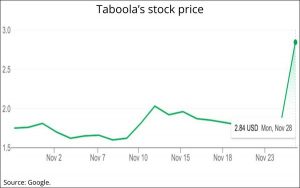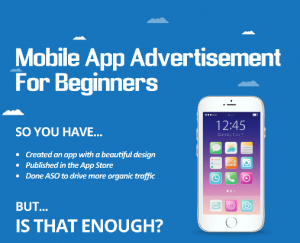By Shanna Hocking
When do you feel most powerful at work?
The word power tends to have a negative connotation, but it is often required to get things done in the workplace. Contrary to what you may think, power doesn’t come only from the title you have or where you are on an org chart. In fact, one of the biggest mistakes people make at work is giving up their power because they think they don’t have any.
Fortunately, you can build your power even more with intentional action, and I want you to know how you can be even more powerful than you already are. As a leadership consultant, I often advise people to “Lead from where you are,” because you have the power to positively affect your colleagues and your organization in whatever role you’re in.
Though there are many different types of power at work, three are especially important: position, relationship, and expert. Here’s how these kinds of power function, and how you can develop them yourself:
Position power
Position power is fairly straightforward; it’s the power you get from the role you hold at an organization, including your title and function. Generally, the higher up you go in the org chart, the more power you have.
Historically, many leaders have toxically wielded this power style over others, and many managers continue to do so today, but it’s not always the best way to get things done in the new world of work.
Position power is the “I said so” of power, and when position power is misused, it can be demoralizing to employees. Managers will be more successful in promoting employee engagement when they show they care about their employees’ growth and learning and serve as a resource in that process.
That said, there are times when position power can be helpful, such as if a process is stuck, approvals are taking longer than they should, or a colleague isn’t collaborating. That’s when a manager may use their role or title to move things forward.
Unlike the other two types of power, building position power is often dependent on external circumstances—such as getting a promotion—which are not always in your control. But when do you move up in an organization, take note that you are growing your position power.
Relationship power
Relationship power is earned, based on the reputation of who you are and how you support your colleagues. This power style moves with you, even if you switch roles in an organization. With relationship power, you have influence to get things done—and people want to do them with you or help you accomplish them.
As a word of caution: Your relationship power as a manager can decrease if you find yourself having to use your position power often. For example, when I made the career transition from peer to supervisor, I had to thoughtfully balance my previously developed relationship power with my newly acquired position power, and it took me a while to rebuild the relationship power in my new role as a leader.
In order to build this type of power, create a list of people you would like to get to know better in your organization, or people with whom you need a positive relationship in order to get things done. Consider what you can do to further develop genuine relationships with these colleagues. What’s more, having strong relationships at work also contributes to your job satisfaction and personal happiness.
Expert power
Expert power comes from what you know and how you share it with others—for instance, when people are working on a project or need someone they can rely on and they think of you. Expert power is a useful kind of power because it often indicates that you’re seen as important to the organization’s success and that people know you’re willing to help. This genuine willingness to help others is crucial, because if you’re an expert but you’re not willing to teach and support others, it becomes a kind of positional power.

To build expert power, determine what you want to learn more about and in which area you’d like to develop your expertise. Typically expert power comes from experience over time. You can accelerate this learning process by participating in a course or webinar, meeting with other experts, and reading about topics. You might even consider volunteering for an organization to get real-life experience in your area of interest.
You may aspire to have all three of these power styles in your career. If you are currently in or working toward a leadership role, this framework can be a productive way to focus your efforts. Keep in mind that with power comes the responsibility to help others. Empowering others is often the best way to do the most good at work and in the world.
Shanna A. Hocking is a leadership consultant, philanthropic adviser, and keynote speaker. She is also the author of One Bold Move a Day: Meaningful Actions Women Can Take to Fulfill Their Leadership and Career Potential.
(18)
Report Post



